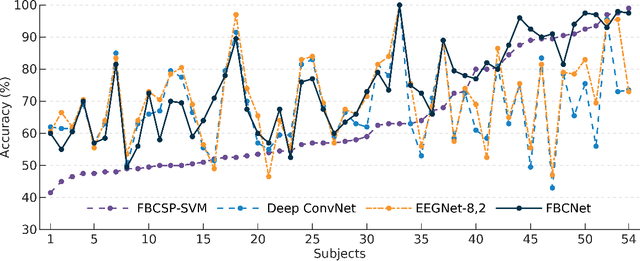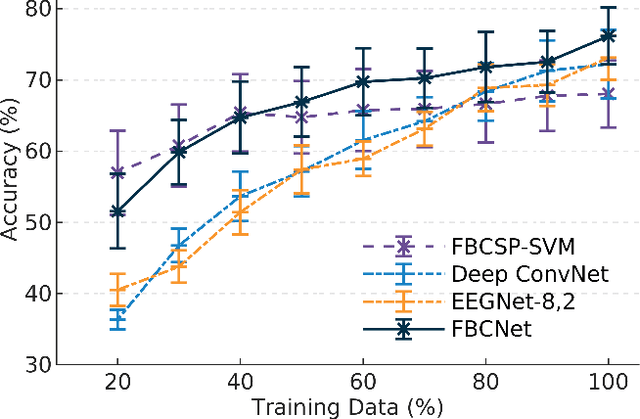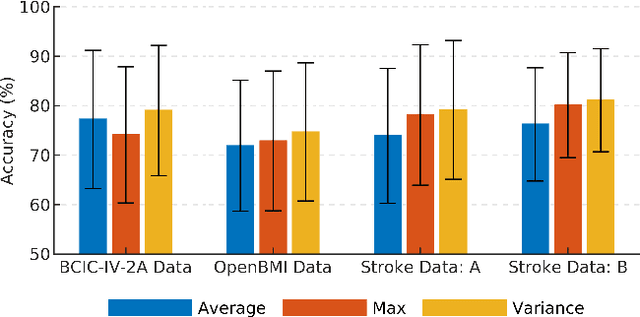Effie Chew
Fidelitous Augmentation of Human Accelerometric Data for Deep Learning
Apr 22, 2024



Abstract:Time series (TS) data have consistently been in short supply, yet their demand remains high for training systems in prediction, modeling, classification, and various other applications. Synthesis can serve to expand the sample population, yet it is crucial to maintain the statistical characteristics between the synthesized and the original TS : this ensures consistent sampling of data for both training and testing purposes. However the time domain features of the data may not be maintained. This motivates for our work, the objective which is to preserve the following features in a synthesized TS: its fundamental statistical characteristics and important time domain features like its general shape and prominent transients. In a novel way, we first isolate important TS features into various components using a spectrogram and singular spectrum analysis. The residual signal is then randomized in a way that preserves its statistical properties. These components are then recombined for the synthetic time series. Using accelerometer data in a clinical setting, we use statistical and shape measures to compare our method to others. We show it has higher fidelity to the original signal features, has good diversity and performs better data classification in a deep learning application.
FBCNet: A Multi-view Convolutional Neural Network for Brain-Computer Interface
Mar 17, 2021



Abstract:Lack of adequate training samples and noisy high-dimensional features are key challenges faced by Motor Imagery (MI) decoding algorithms for electroencephalogram (EEG) based Brain-Computer Interface (BCI). To address these challenges, inspired from neuro-physiological signatures of MI, this paper proposes a novel Filter-Bank Convolutional Network (FBCNet) for MI classification. FBCNet employs a multi-view data representation followed by spatial filtering to extract spectro-spatially discriminative features. This multistage approach enables efficient training of the network even when limited training data is available. More significantly, in FBCNet, we propose a novel Variance layer that effectively aggregates the EEG time-domain information. With this design, we compare FBCNet with state-of-the-art (SOTA) BCI algorithm on four MI datasets: The BCI competition IV dataset 2a (BCIC-IV-2a), the OpenBMI dataset, and two large datasets from chronic stroke patients. The results show that, by achieving 76.20% 4-class classification accuracy, FBCNet sets a new SOTA for BCIC-IV-2a dataset. On the other three datasets, FBCNet yields up to 8% higher binary classification accuracies. Additionally, using explainable AI techniques we present one of the first reports about the differences in discriminative EEG features between healthy subjects and stroke patients. Also, the FBCNet source code is available at https://github.com/ravikiran-mane/FBCNet.
 Add to Chrome
Add to Chrome Add to Firefox
Add to Firefox Add to Edge
Add to Edge